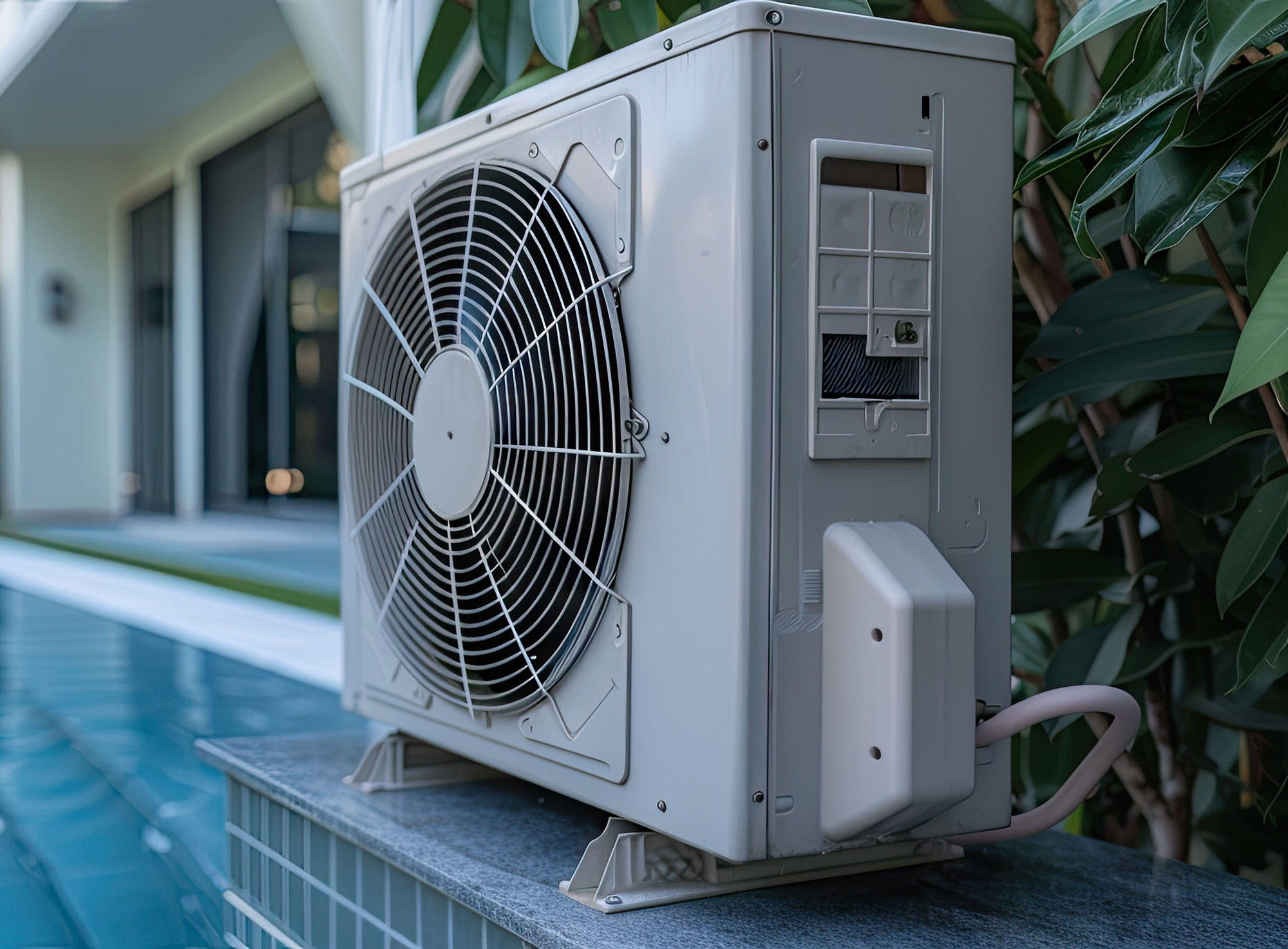
THE PRODUCT:
Pool heaters are used to heat water in swimming pools as well as permanent (e.g., in-ground) spas and hot tubs. Pool heaters include both electric and gas-fired products.
THE STANDARD:
The current standards for pool heaters took effect in 2019. The standards apply to gas-fired pool heaters only and require a minimum thermal efficiency (TE) of 82%.
DOE finalized new pool heater standards in 2023, which require compliance starting May 30, 2028. The new standards set the first efficiency requirements for electric pool heaters and effectively require the use of efficient electric heat pump technology. For gas pool heaters, the new standards are based on a minimum TE of 84%, still permitting non-condensing technology. The new standards for both electric and gas pool heaters are based on a new metric, integrated thermal efficiency (TEI), which incorporates standby and off mode energy consumption.
KEY FACTS:
Pool heaters use energy both directly through the energy used to heat the water as well as indirectly by adding friction to the pool pumping system. Most electric pool heaters are heat pumps, which use a refrigerant system to transfer heat from the air to the pool water, though some electric pool heaters still use electric resistance heating elements. Electric resistance pool heaters can use more than five times as much energy as heat pump pool heaters.
Fact Sheets
Timeline
| Federal | Date |
| Next Review Due | 2029 |
| 3rd Federal Standard Effective | 2028 |
| 3rd Federal Standard Adopted | 2023 |
| 2nd Federal Standard Effective | 2013 |
| 2nd Federal Standard Adopted | 2010 |
| 1st Federal Standard Effective | 1990 |
| 1st Federal Standard Adopted | 1987 |
| NAECA Initial Federal Legislation Enacted | 1987 |